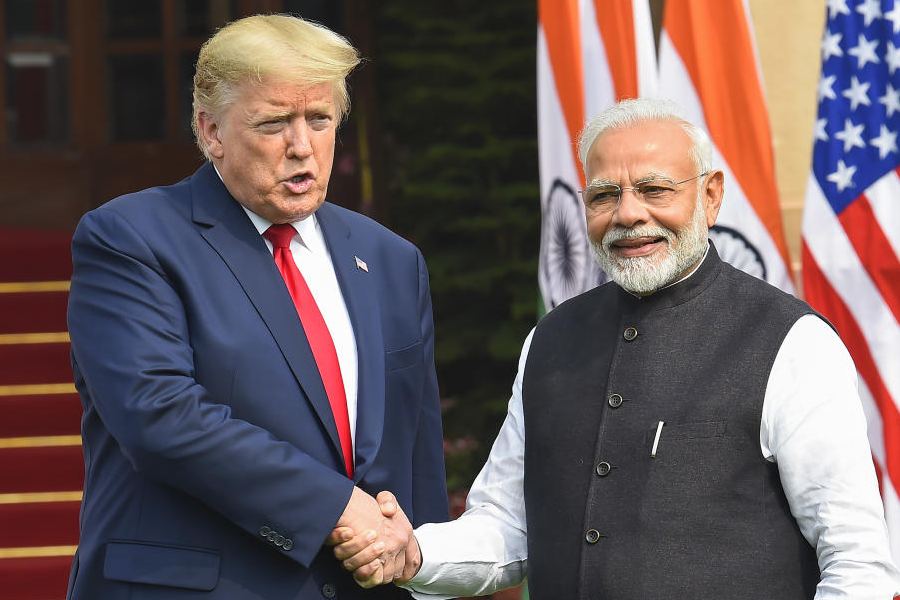 |
Last week, we had discussed why insurers and their agents would try to push sell single-premium products. We had also seen who should buy single-premium insurance plans. Let us now turn to regular premium plans.
A regular premium life insurance plan can be market-linked or a traditional one. Insurers have also started offering a “NAV guaranteed” product — a mix of market-linked and traditional product.
Given these three categories, which one will suit you better?
After the new regulations in September 2010, unit-linked insurance plans definitely stand out from the lot, considering both the insurance cover and the return on investment to the policyholder.
But here again, a significant shift is happening in sales pitches — from unit-linked plans to traditional and NAV guaranteed products.
Agent incentive
From September last year, the insurance regulator has put a cap on several fees and charges for unit-linked plans. These new regulations have not only reduced the commission of agents but also reduced the profitability of insurers from these products.
Interestingly, the regulations were applicable only to unit-linked plans and not traditional policies. This means, while agents continue to earn a commission as high as 25-40 per cent by selling a traditional product, they can earn 5-7 per cent from an Ulip. Then, why an agent would sell a Ulip and not a traditional plan if the policy buyer doesn’t want it? Insurance, after all, is not bought, it is sold — it is a subject of solicitation.
For insurers, too, the profitability as well as regulations for surrender charges and lapsed policies have now become much more stringent in unit-linked plans than in traditional products.
So, insurers are now inclined to sell more of the traditional variety than Ulips.
Then why is the sudden spurt in NAV-guaranteed plans?
NAV-guaranteed plans are like traditional plans where the policyholder cannot choose the investment option. Besides, the insurer can charge an additional fee for providing the guarantee. And what is the guarantee all about? It is certainly not the rate of return.
What these plans guarantee is the highest NAV (net asset value per unit) achieved within a specified time period.
But without having the power to identify whether an investor’s money will be invested in an equity fund or a debt fund, this “highest NAV” guarantee is nothing more than a marketing gimmick.
What an insurer does in such a plan is to invest the money in an equity fund to begin with and gradually move the money out of the equity fund to a debt fund and sooner than later it becomes and all-debt fund.
Policyholders’ interest
As the holder of such a policy, you pay 1.35 per cent as a fund management fee and another 0.50 per cent as a guarantee fee.
Compared with the 1.35 per cent fund management fee for the equity fund option in a plain vanilla unit-linked plan, the 1.85 per cent cost (including the guarantee fee) for the management of a debt fund is too steep.
Besides, in the long run, a debt fund cannot match the return from an equity fund — in the last five years large-cap equity mutual funds have given a compounded annual return of 11.65 per cent, while that of a debt fund (income fund) is only 6.6 per cent.
In other words, Rs 100 invested in an equity fund would have fetched you Rs 173.50 now, whereas you would have got Rs 137.65 investing in a debt fund.
If you take into account a higher fund management charge in the debt fund, the return will be lower.
Thus, the “highest NAV guarantee” doesn’t serve any purpose for the policyholder and it actually works against the policyholder’s interest in the long run.
Similarly, in a traditional insurance plan, the investment pattern is defined by the regulator and no insurer can invest outside the limits and asset classes prescribed by the regulator.
These asset classes are primarily debt instruments, such as the central government’s and state governments’ securities and corporate bonds.
When you buy a traditional policy, the investment return is the simple reversionary bonus paid by the insurer. Except for Life Insurance Company, the new entrants have not yet build up enough surpluses in policyholders’ fund to pay out handsome bonuses year after year.
For example, ICICI Prudential Life Insurance Company, one of the leading private sector player, has given between 2.50 per cent and 4 per cent bonuses every year in four years ending 2009-10.
Even the country’s largest insurer, LIC, paid reversionary bonuses on its various traditional plans between 3.5 per cent and 5 per cent, except for whole life plans where the bonus rate varied between 6 per cent and 7.1 per cent for five years ending 2008-09.
So, when you buy a traditional plan, you can expect a little over 5 per cent annual return, including the terminal bonuses and loyalty additions.
From an investment perspective, a 5-6 per cent annual return works against your wealth creation when the inflation rate is more than 5 per cent per annum.
In other words, traditional or NAV guaranteed plans are not advisable for investments or savings.
Now consider the insurance cover of these policies vis-à-vis a plain vanilla unit-linked plan.
Unit-linked plans work
If you are 30-years-old and want to buy LIC’s traditional Endowment Assurance plan for a sum assured of Rs 5 lakh for 20 years, you shall have to pay an annual premium of Rs 23,978.
Compared with this, the insurer’s unit-linked Endowment Plus comes with a minimum annual premium of Rs 20,000 and a maximum sum assured of 30 times the annual premium if you are less than 45-years-old.
Thus, for an annual premium of Rs 24,000, a 30-year-old person can get a maximum life cover of Rs 7.2 lakh, which is 40 per cent higher than the life cover in the traditional plan.
So, next time an insurance agent insists on selling a a life insurance policy, buy an unit-linked plan and don’t get trapped in the gimmicks of guarantees.










